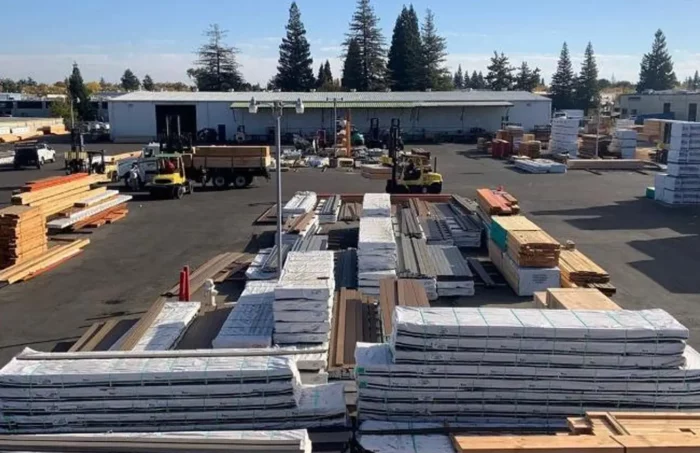Lumber yards have been a staple of the American economy for centuries, providing wood and other construction materials to builders and contractors. But where did lumber yards come from? And what role do they play in local communities and economies today?
The World’s First Lumber Yard
The first lumber yard in the world – established in Sweden in 1623 – can be traced back to the early days of the lumber industry, when lumber was essential for building everything from homes and businesses to bridges and ships. At that time, lumber was still being transported by boat and horse-drawn carts, so the lumber yard was created out of necessity as a place to store lumber and other construction materials. The convenience that a lumber yard offered quickly helped it to become a popular destination for builders and contractors, who could purchase materials at a lower cost than if they had to transport it themselves.
Our Nation’s First Lumber Yard
The first lumber yards in the United States were established in the early-to-mid 1600s, with the earliest known one being located in Boston. These early lumber yards were operated by the colonists themselves, who needed lumber for building homes, barns, and other structures. As the colonies expanded westward, so too did the lumber industry. Lumber yards began popping up in cities and towns along the East Coast, providing lumber for both new construction and repairs. While certainly not the oldest lumber yard in the land, Wayside Lumber has served Sacramento and El Dorado counties for over 50 years!
A Booming Industry During the First & Second Industrial Revolutions
Lumber yards continued popping up in the United States in the early 1800s, as lumber became an important commodity in the burgeoning American economy. This industry growth came to serve an important function in their local communities. Not only did lumber yards provide builders and contractors with a convenient place to purchase lumber and other construction materials, they also created and supported numerous jobs in the lumber industry. In addition, lumber yards were often the first point of contact for new immigrants arriving in the United States. As such, lumber yards played an important role in shaping local economies and supporting community growth.
By the mid-1800s, there were over 1,000 lumber yards in operation across the country. The lumber industry continued to grow in the late 1800s and early 1900s, as the United States expanded its rail network. This allowed lumber yards to ship lumber long distances, making it widely available for construction projects across the country.
Still A Community Mainstay
As you can see, lumber yards grew increasingly important to their local communities over time, providing jobs and playing a key role in fueling economic growth. Today, there are over 10,000 lumber yards in operation in the United States, providing lumber for everything from home building projects to large commercial construction projects. And while lumber yards have changed a lot over the years, they remain vital to local economies and a steadfast part of our nation’s history.
Whether you’re looking for lumber to build a new home or simply need to pick up supplies at the nearest lumber yard, there’s no doubt that lumber yards play an important role in local communities and economies. So the next time you find yourself in need of lumber or other construction materials, be sure to stop by Wayside Lumber, your local lumber yard for all your building needs!

